Antioch Police Department selected for crime prevention initiative by U.S. Department of Justice
Friday, October 22nd, 2021
One of only 10 new cities nationwide to participate in National Public Safety Partnership for coordinated, intensive training and technical assistance with focus on gun violence prevention
Councilman not happy mayor is attempting to take credit for something “council had nothing to do with”
Announced by DOJ on Oct. 6, but press conference was held Thursday
By Allen Payton

Interim Antioch Police Chief Tony Morefield speaks during the press conference as District 3 Councilwoman Lori Ogorchock and a member of Moms Demand Action listen on Thursday, Oct. 21, 2021. Video screenshot
The City of Antioch is one of 10 new cities selected nationwide to participate in the U.S. Department of Justice’s (DOJ) National Public Safety Partnership (NPSP). NPSP resources include aim to enhance the Antioch Police Department’s (APD’s) capacity to address gun violence, expand community engagement and, ultimately, prevent violent crime. To be considered for selection, a site must have sustained levels of violence that far exceed the national average and demonstrate a commitment to reducing crime and enhancing community engagement.
“Violence—gun violence in particular—has taken a heavy toll on communities across the country, and its impact has been felt most deeply in neighborhoods where resources have always been scarce and justice has historically been elusive,” said Amy L. Solomon, Acting Assistant Attorney General of the Justice Department’s Office of Justice Programs, whose Bureau of Justice Assistance (BJA) administers the PSP initiative. “We are proud to join local leaders and our partners from across the Department of Justice as we work together to stem the tide of violent crime in these hard-hit communities.”
Officers will receive intensive training and technical assistance (TTA) from DOJ in the key areas of constitutional policing and community engagement to assess and implement collaborative strategies and a lasting coordination structure that prevent and combat violent crime, especially related to gun violence.
“The goal of this partnership is to gain better insight into the unique violent crime challenges in Antioch and inform future investments in what works,” Morefield said. “The guidance will help determine system-wide approaches to crime reduction and enhanced public safety.”
First Announced on Oct. 6
According to the NPSP website, the 2021 PSP sites were introduced by U.S. Deputy Attorney General Lisa Monaco at the Major Cities Chiefs Association meeting on October 6, in New Orleans, Louisiana. It was also announced in a press release that same day on the DOJ’s BJA website.
Yet, Mayor Lamar Thorpe and Interim Chief of Police Tony Morefield held a press conference, Thursday to inform the Antioch community about the initiative. They were joined by Mayor Pro Tem Monica Wilson, District 3 Councilwoman Lori Ogorchock and four members of Moms Demand Justice. Also in attendance were the city manager, city attorney, assistant city manager and economic development director. (See press conference video)
During the press conference Thorpe tied the program participation to the council’s police reform efforts earlier this year. However, the police department applied for the program in 2020.
“The collaboration between the Antioch Police Department (APD) and the DOJ National Public Safety Partnership is important to lowering crime rates in Antioch,” said Thorpe. “APD will receive support that will improve crime prevention strategies and improve our service to all of Antioch, including historically neglected neighborhoods.”
The Antioch City Council recently passed a resolution mandating the integration and enhancement of specific topics into the training matrix of Antioch Police Department sworn personnel. These topics include de-escalation strategies, crisis intervention and conflict resolution, procedural justice, implicit bias, and meaningful engagement with members of the LGBTQ+ and youth communities.
“The integration of these topics, along with APD’s partnership with PSP, provide a mechanism for increasing our community’s access to justice and better supporting crime victims in this City,” says Interim Chief Morefield.
This is the seventh year for the DOJ program.
“From five to now 50 jurisdictions in seven years, PSP has taught the Department a new way to work with communities. We have learned that it is only by leveraging the power of community and using all our collective resources and dedicating all our efforts that we will reduce crime,” said BJA Acting Director Kristen Mahoney. “We look forward to partnering with the 10 new sites to achieve what we are all working toward—safe places to live and work.”
Torres-Walker Offers Comments on Program
While she was not in attendance at the press conference, District 1 Councilwoman Tamisha Torres-Walker posted a written and video message of congratulations on her official Facebook page in support of the program. “Congratulations Antioch for being selected as one of the 10 newest sites to be excepted [sic] into the Department of Justice’s Public Safety Partnership to advance racial equity reduce gun violence and promote Community engagement to build public trust and transparency,” she wrote. “We are ahead of the game in Antioch and for the first time in years, this city is ready to invest in violence intervention and prevention efforts that will get at the root cause of violence in our community.”
The focus has been on racial equity and community engagement to reduce violence, especially gun violence.
“This is an opportunity that comes with great resources, training and technical assistance towards violence prevention and intervention and creating public trust and transparency with our police department,” Torres-Walker said. She went on to speak about the council’s Community Violence Solution Ad Hoc Committee that was formed in June “with myself as the co-chair and the mayor as the chair” that has “met bi-weekly”. She also called for a review of “departmental policies where the police department can crack open the books and get someone to come in and do an honest look at violence but also look at our policies that aren’t racially equitable.”
Barbanica Wouldn’t Attend Press Conference
However, District 2 Councilman Mike Barbanica did not attend the press conference because he didn’t think the council should appear to take any credit for the program. “The city council had nothing to do with this and it wasn’t part of the police reform efforts, this year. APD applied for it in 2020.” But he does support the program.
About the National Public Safety Partnership
The PSP team supports local law enforcement and other key stakeholders in developing each site’s capacity to address its unique violent crime challenges to enhance public safety. Through a collaborative approach and data-driven decision making, the PSP approach ensures that local resources are maximized, and federal assets are leveraged where they are most needed. Implemented in 2014 as a pilot program, PSP has served more than 40 sites nationwide. The PSP team’s work is driven by local needs and priorities focused on increasing capacities to reduce violent crime and increase community engagement.
For more information, visit www.nationalpublicsafetypartnership.org.
The Office of Justice Programs (OJP) provides federal leadership, grants, training, technical assistance and other resources to improve the nation’s capacity to prevent and reduce crime, advance racial equity in the administration of justice, assist victims and enhance the rule of law. More information about OJP and its components can be found at www.ojp.gov.
Rolando Bonilla, City of Antioch PIO, contributed to this report.











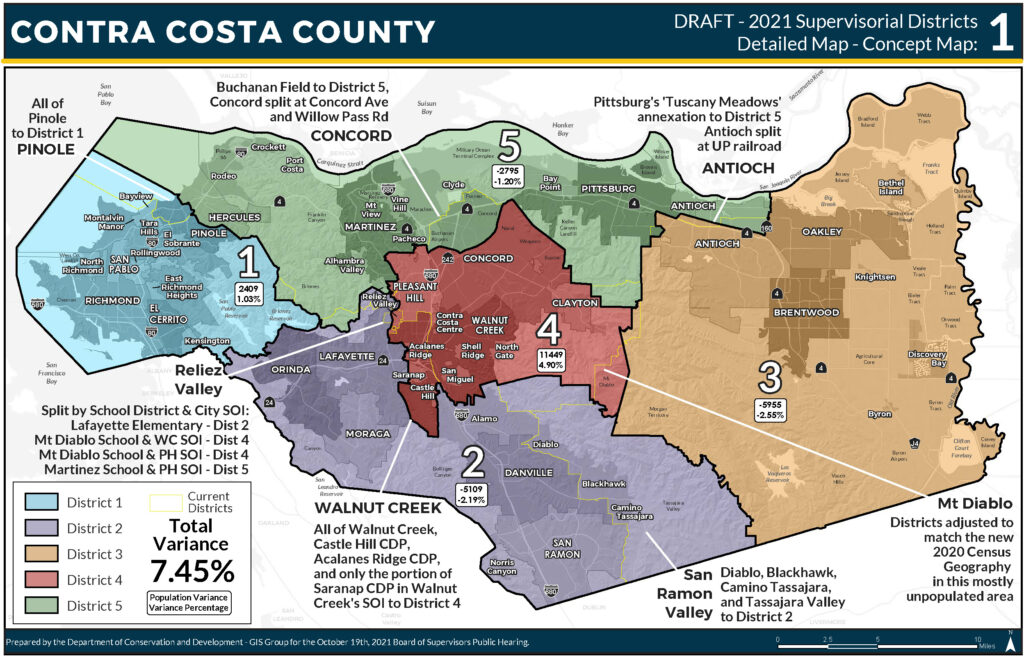

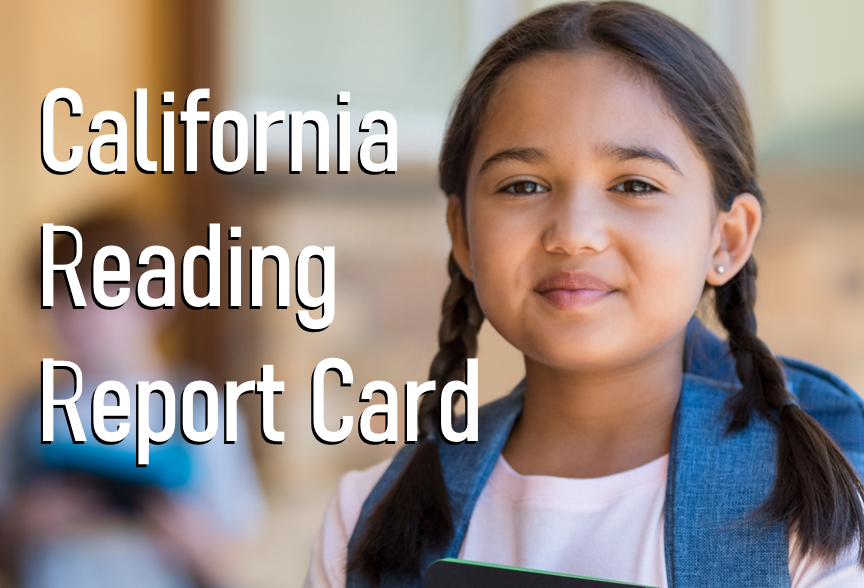
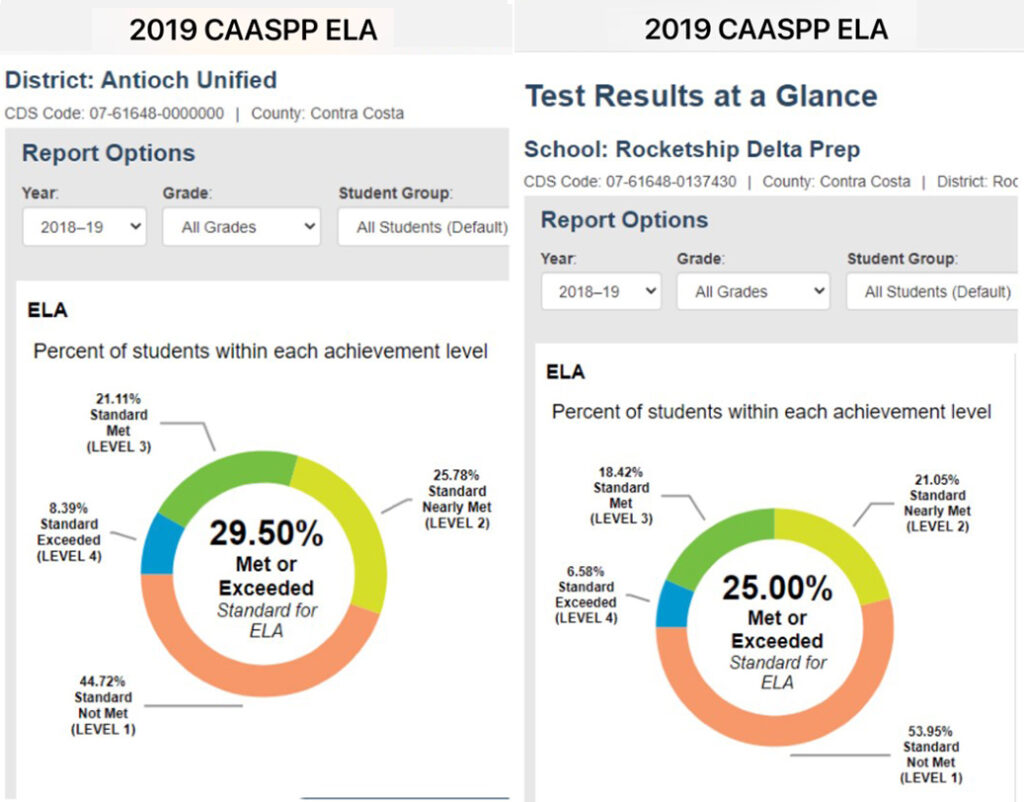

 For more details visit
For more details visit 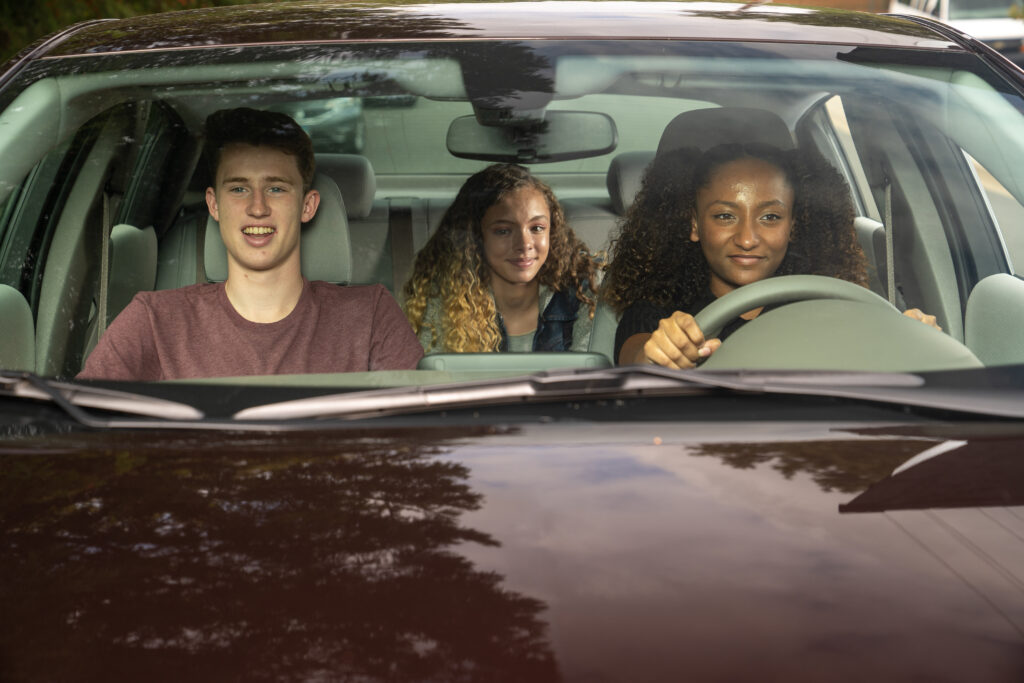
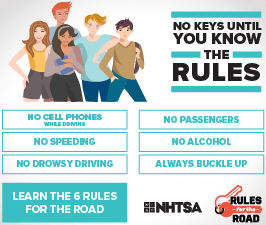 It’s National Teen Driver Safety Week. This week, and every week, parents should have conversations with their teens about the important rules they need to follow to stay safe behind the wheel of a motor vehicle. These rules address the greatest dangers for teen drivers: alcohol, inconsistent or no seat belt use, distracted and drowsy driving, speeding, and number of passengers.
It’s National Teen Driver Safety Week. This week, and every week, parents should have conversations with their teens about the important rules they need to follow to stay safe behind the wheel of a motor vehicle. These rules address the greatest dangers for teen drivers: alcohol, inconsistent or no seat belt use, distracted and drowsy driving, speeding, and number of passengers.











